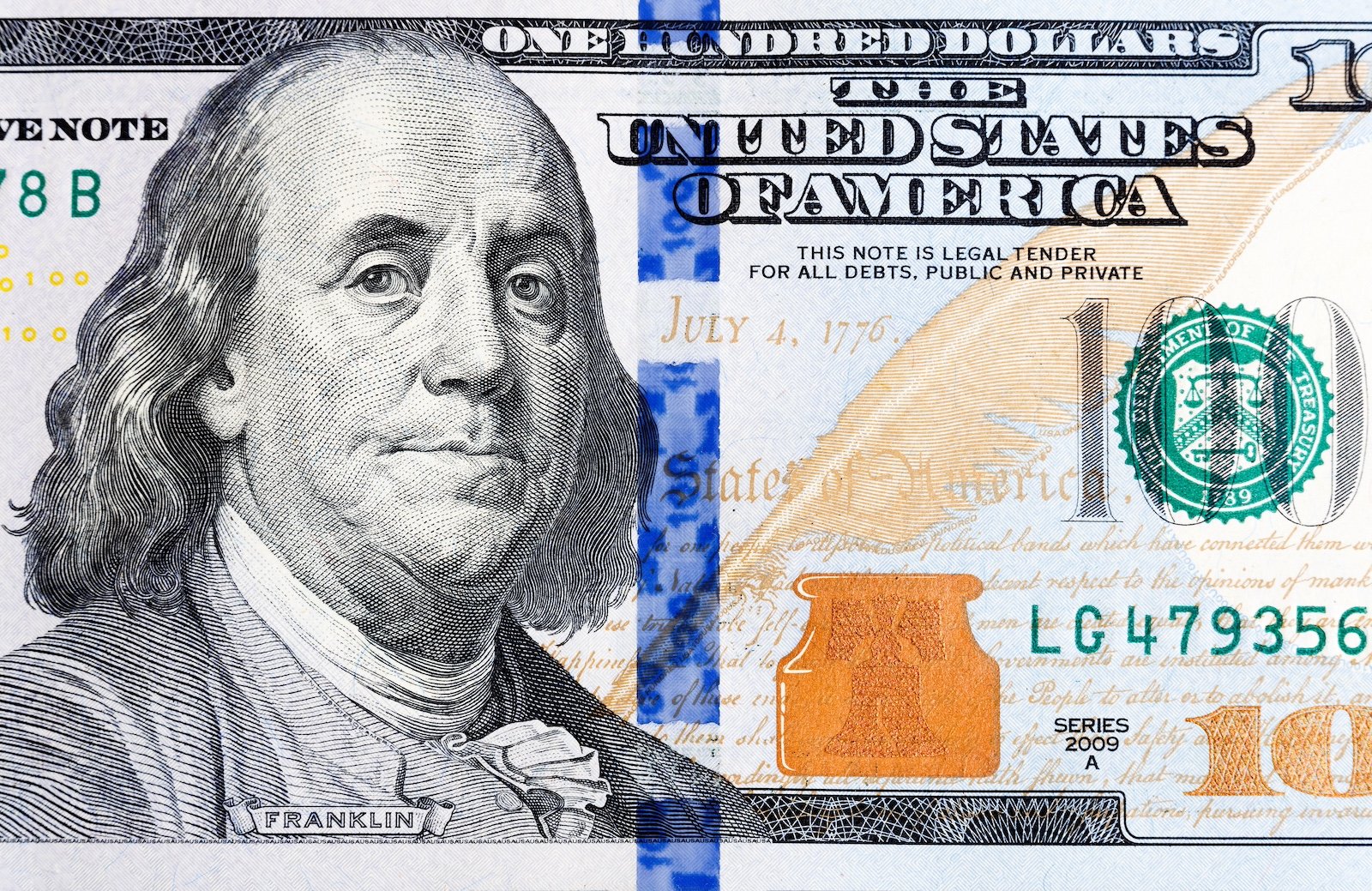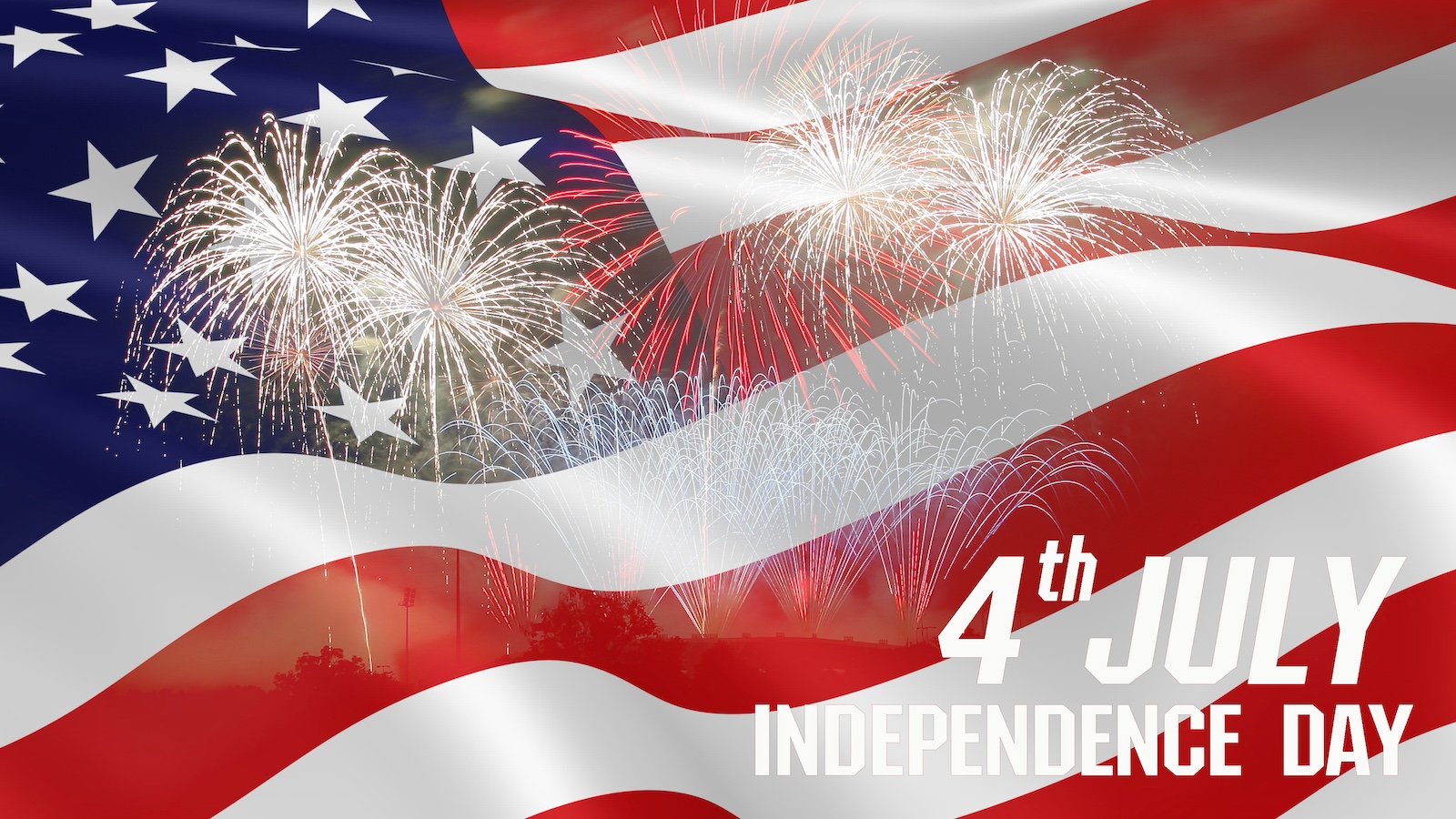American history is full of popular myths, from the signing of the Declaration of Independence to why Chicago is called “the Windy City.” Many commonly accepted “facts” are actually incorrect.
Additionally, many Americans lack basic historical knowledge. For instance, a 2019 survey by the New York Post claimed that only 27% of Americans under 45 have a basic understanding of American history. Furthermore, just 40% of Americans passed the history test.
Keep reading to learn the truth about 23 American history questions that people often get wrong.
Why Did the Colonists Fight the British?

Most people are unaware of the reasons behind the American Revolution. In brief, the colonists wanted to govern themselves because they objected to King George III’s high taxes on goods and documents. They were also upset about not having representation in London and being forced to provide housing and food for British soldiers.
What City Was the First Capital of the United States?

The first capital of the United States was New York City, known as The Big Apple, where George Washington delivered his first inaugural address on April 30, 1789. Other cities that have served as the capital at different times include Philadelphia, Pennsylvania; Baltimore, Maryland; Lancaster, Pennsylvania (for just 24 hours); York, Pennsylvania; Princeton, New Jersey; Annapolis, Maryland; and Trenton, New Jersey.
What is Benjamin Franklin Famous For?

Only 24% of Americans could accurately state what made Benjamin Franklin famous, contrary to the belief held by 37% of respondents that he invented the light bulb, Franklin’s fame actually stems from his role as one of America’s Founding Fathers and his contributions to drafting the Declaration of Independence. He was also the first U.S. postmaster general and the first U.S. Ambassador to France.
When Was the Declaration of Independence Signed?

While the Second Continental Congress met in Philadelphia on July 1, 1776, and declared America’s independence from England on July 2, the final draft of the Declaration of Independence was not completed until July 4, and it was not signed until August 2 of that year. Although we celebrate July 4 as the day the document was finalized, no one would complain if you decided to throw a barbecue on August 2nd.
Why Is Chicago Nicknamed “the Windy City”?

Although it is a common misconception that Chicago’s nickname “the Windy City” comes from the physical gusts of wind from Lake Michigan, the city doesn’t rank among the top windiest cities. The nickname more likely originates from the windy speeches given by politicians at the numerous political conventions held there in the late 1800s.
What Started the Great Chicago Fire of 1871?

The cause of the great Chicago fire of 1871 is still unknown. There is a myth that it was started by a cow kicking over a lantern in Catherine O’Leary’s barn, a story popularized by newspapers at the time. However, there has never been any evidence to support this claim, and O’Leary herself denied it, stating she was in bed at the time. In 1997, the Chicago City Council officially cleared Catherine O’Leary and her cow of any wrongdoing. Other theories suggest that men gambling in the barn might have accidentally started the fire, or that a man named Daniel “Pegleg” Sullivan knocked over a lantern while trying to steal milk. Some even speculate that a meteorite shower could have sparked the fire.
What Are the Five Freedoms Guaranteed Under the First Amendment?

According to the annual Constitution Day Civics Survey from the Annenberg Public Policy Center, a declining number of Americans can name the five freedoms protected by the First Amendment. These freedoms, which Congress cannot interfere with, include the rights to freedom of speech, religion, press, assembly, and to petition the government.
Why Does the Liberty Bell Have a Crack in It?

It is a myth that the Liberty Bell was cracked by enthusiastic patriots on July 4, 1776. In reality, the bell has been subject to multiple cracks since it was first cast, a sign of its initial poor craftsmanship. Despite several attempts to repair these cracks, the significant crack that is visible today appeared at some point in the 19th century, although its exact timing remains uncertain.
What Were the Original 13 States?

One question on the U.S. citizenship test asks applicants to name the original 13 states that ratified the Constitution. In a 2018 survey by the Woodrow Wilson National Fellowship Foundation, 72% of Americans could not correctly name them. The states are New Hampshire, Massachusetts, Rhode Island, Connecticut, New York, New Jersey, Pennsylvania, Delaware, Maryland, Virginia, North Carolina, South Carolina, and Georgia.
What Was the Deadliest Battle in American History?

The Battle of Antietam, which occurred just outside of Sharpsburg, Maryland, on September 17, 1862, was the deadliest single-day battle in American history, with nearly 23,000 American casualties.
What Share of the American Population Was Born Abroad?

Amid intense debate over U.S. immigration policy and extensive media coverage of migrants seeking refuge in the United States, Americans tend to overestimate the portion of the U.S. population born abroad. A 2023 study by the Center for Immigration Studies found that for Americans, the actual figure was 15% at that time, and it has remained relatively stable since. Still, most people believe that a third of the population was born outside the United States.
Who Paid for the Statue of Liberty?

The iconic Statue of Liberty was a gift from France, but the responsibility for funding the large granite base fell to New York City. The city struggled to raise the necessary funds, and there were times when it seemed they might not meet their goal, prompting other cities like Boston and Philadelphia, which had the required funds, to attempt to secure the statue for themselves.
When Was the Constitution Ratified?

Many Americans confuse the ratification of the Constitution with the signing of the Declaration of Independence. Only 13% of respondents in a 2018 survey by the Woodrow Wilson National Fellowship Foundation knew that the Constitution was ratified 12 years after the nation’s founding in 1776.
Why Did the Pilgrims Come to America?

While the Pilgrims did experience some religious freedom in Holland, it was not the sole reason for their migration to the New World. The primary motivation for their journey was to seek better economic opportunities.
Which Countries Did the US Fight During World War II?

Despite the widespread exposure to World War II through films like “Saving Private Ryan” and numerous documentaries, a significant number of Americans remain unaware of the countries the U.S. fought against. Most of them do not know that the main adversaries were Germany, Italy, and Japan.
Who Created the Original American Flag?

Betsy Ross is commonly credited with creating the original American flag, but this credit was not given during her lifetime. It wasn’t until 1870, decades after her death, that her grandson William J. Canby claimed she made the flag. However, historians are not entirely certain of her role. Some believe that Francis Hopkinson, a member of the Continental Congress, deserves the credit as he claimed to have designed it and even requested a quarter cask of wine as payment, which he never received.


